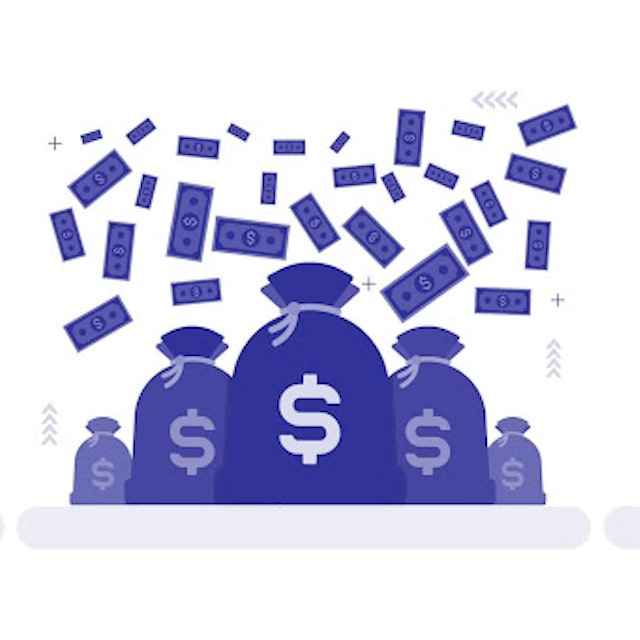Bridge the Sales–Marketing Gap with Design Automation
How to eliminate bottlenecks, protect your brand, and scale asset creation with Visual as the connective tissue between GTM teams.
Written byMichaela Brown
Updated onJuly 17, 2025

Introduction
Aligning marketing and sales is an age-old challenge. Especially when it comes to visual content. Sales teams want quick turnaround deliverables that speak directly to the buyer. Marketing wants brand-safe, on-message designs that scale.
Somewhere in the middle of the battle are designers, stuck fielding urgent requests, manually editing decks, or building one-off assets that don’t scale. With tools like Visual, GTM teams can finally collaborate without chaos, bridging the gap between speed and consistency, freedom and control.
Key takeaways
Design bottlenecks create friction between GTM teams
Visual content is often where alignment breaks down (or breaks altogether)
Automation helps teams scale content creation without sacrificing brand integrity
Shared templates, variables, and design logic empower everyone to move faster
Visual creates a shared system that aligns sales, marketing, and design from day one
The high cost of the sales–marketing gap
The cost of not closing the gap between sales and marketing is a high one. Some companies report losing 10 percent of their revenue when sales and marketing are not properly aligned.
Not only will misalignment cost you money, but it also leads to frustrated employees. Reps waste time waiting around for slide decks when they could be scoping out new leads. Designers get pulled into last-minute edits, losing time working on high-leverage projects. Marketers turn into the version police and waste time quality-checking decks when they could be creating lead-generating campaigns.

Illustration by YuguDesign on Unsplash
Why visuals are often the breaking point
Issues with sales-marketing alignment usually come to a head with visuals because the issue is staring you in the face. Literally. You can’t ignore mismatched slide decks, QBRs, and one-pagers. Misalignment results in poor messaging, version sprawl, and missed opportunities.
But everyone wants something different in their visuals:
Salespeople want personalized decks for each customer
Marketing wants everything to be consistent
Designers want to stop being human vending machines
If you want to get everyone on the same page and close the gap between sales and marketing, consider automating the creation of sales materials. An AI tool like Visual can help you close the ever-widening chasm between marketing and sales.
Design automation creates a shared system of record
Imagine creating an automated design system that works for everyone. Designers control the final version without being pulled into last-minute edits, and sales can create personalized deliverables for clients.
With an automated design system, every template lives in one place. Eliminating version sprawl and manual editing. Generative AI instantly unlocks content variants, allowing marketing to create consistent deliverables. Custom variables for sales reps can power on-brand personalization.
Sounds great, right? But how do you get there? Visual can become the bridge between intention and execution.
Empower sales without losing control
This type of design system results in more velocity, with less required oversight. Allowing your teams to move quickly and in sync.
Sales reps can use design and marketing-approved templates to create slide decks, one-pagers, and case studies. These brand-safe templates include fillable variables like ‘pain point’ or ‘product name’ to reduce manual lift.
No more waiting for the design team to edit and approve a deliverable. Likewise, design teams can rest assured knowing their assets are safe. Visual’s built-in logic ensures every asset meets brand and legal guidelines.

Illustration by Luky Triohandoko on Unsplash
Give marketing peace of mind (and time back)
Now, marketing can stop playing version police and get back to the work that matters: creating campaigns to grow the business. But not without some oversight. Marketers can track what templates are being used, how, and by whom. This way, marketers can quickly course-correct when they see assets being used improperly.
No more making a ‘quick’ edit to a 30-slide deck. Marketers can now move confidently, knowing that every outbound asset is on-brand.
Design moves from bottleneck to multiplier
Too many ‘quick’ requests lead to request chaos for designers. Which creates a bottleneck for sales and marketing when they need design assets ASAP.
With Visual, design teams can build one template and deploy it across dozens of campaigns, decks, and even customer touchpoints. Generative AI, combined with brand-locked layers, allows designers to create scalable templates that grow with your company.
Designers can now use their creative time for big ideas, not repetitive tweaks and quick requests.
Real-world workflows: Sales & marketing in sync
With sales and marketing finally in sync, moving quickly in lockstep is easy. With Visual, these real-world workflows can be effortless, and even automatic:
Outbound sales can create email sequences with dynamic, on-brand visuals
Customer success teams can create QBR decks that update customer metrics in real-time
Sales reps can publish one-pagers with consistent branding across all channels
Marketing teams can create landing pages and paid ads with the same template logic
Conclusion
The divide between sales and marketing doesn’t have to slow you down. With Visual, GTM teams can finally create, customize, and deploy visual assets at the speed of business. Without compromising brand, message, or trust. Design automation doesn’t just connect teams. It transforms them into a unified growth engine.
Not aligning your sales and marketing teams leads to frustrated employees, eroded trust, and lost revenue.